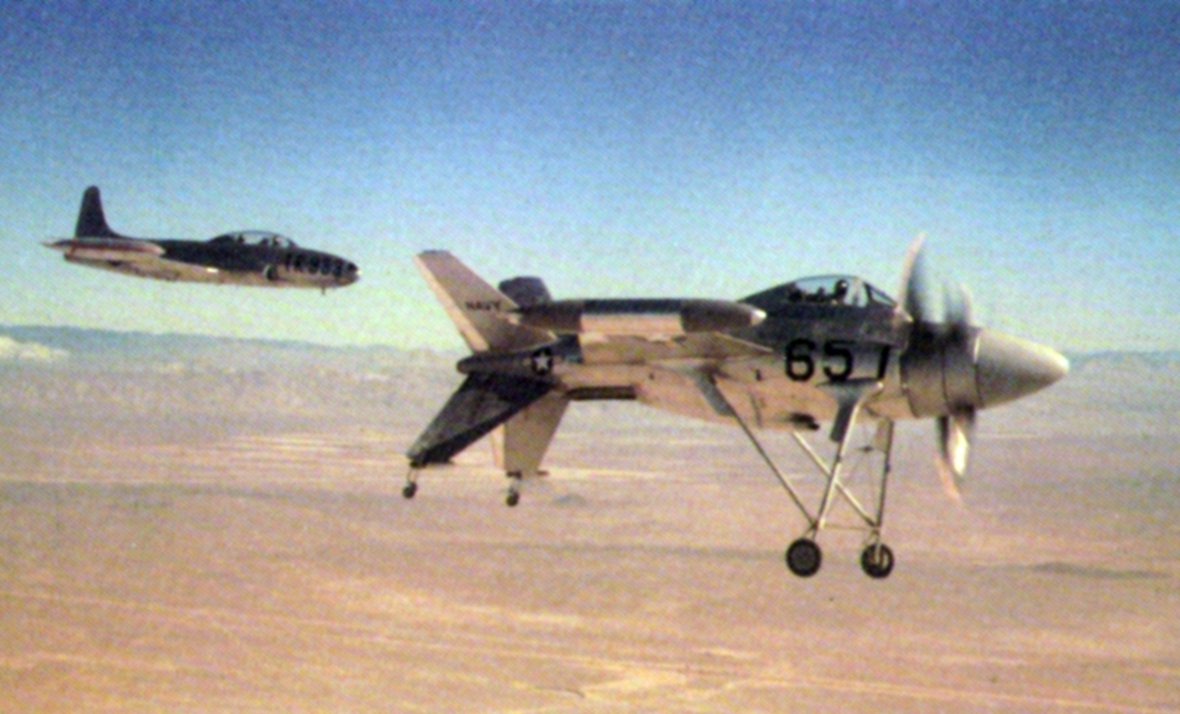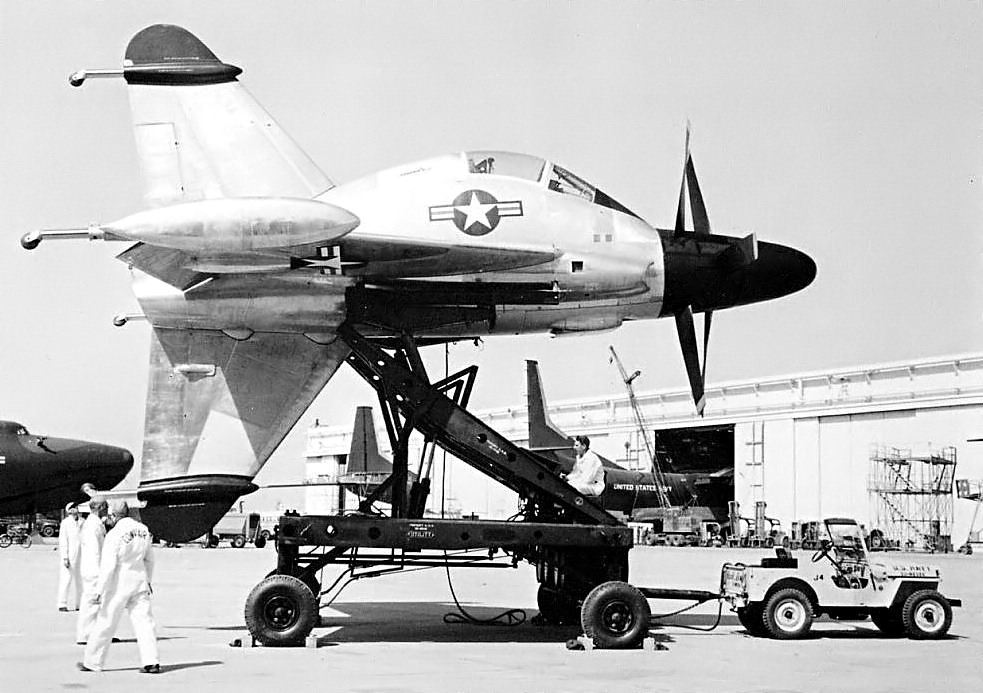|
Heinkel Lerche
The Heinkel Lerche ( en, Lark) was the name of a set of project studies made by German aircraft designer Heinkel in 1944 and 1945 for a revolutionary VTOL fighter and ground-attack aircraft. The ''Lerche'' was an early coleopter design. It would take off and land sitting on its tail, flying horizontally like a conventional aircraft. The pilot would lie prone in the nose. Most remarkably, it would be powered by two contra-rotating propellers which were contained in a doughnut-shaped, nine-sided annular wing. The remarkably futuristic design was developed starting 1944 and concluding in March 1945. The aerodynamic principles of an annular wing were basically sound, but the proposal was faced with a whole host of unsolved manufacture and control problems which would have made the project highly impractical, even without the material shortages of late-war Nazi Germany Nazi Germany (lit. "National Socialist State"), ' (lit. "Nazi State") for short; also ' (lit. "National S ... [...More Info...] [...Related Items...] OR: [Wikipedia] [Google] [Baidu] |
Tail-sitter
A tail-sitter, or tailsitter, is a type of VTOL aircraft that takes off and lands on its tail, then tilts horizontally for forward flight. Originating in the 1920s with the inventor Nikola Tesla, the first aircraft to adopt a tail-sitter configuration were developed by Nazi Germany during the Second World War. Development of such aircraft spiked during the late 1940s and 1950s, as aircraft designers and defence planners alike recognised the potential value of fixed-wing aircraft that could perform both a vertical take-off and vertical landing while also transitioning into and out of conventional flight. Inherent problems with tail-sitter aircraft were poor pilot visibility and control difficulties, especially during vertical descent and landing. Programmes to develop manned tail-sitters were typically terminated in the form of the more practical thrust vectoring approach, as used by aircraft such as the Hawker Siddeley Harrier and Yakovlev Yak-38. Description A tail-sitter sits ... [...More Info...] [...Related Items...] OR: [Wikipedia] [Google] [Baidu] |
MK 108 Cannon
The MK 108 (German: ''Maschinenkanone''—"machine cannon") was a 30 mm caliber autocannon manufactured in Nazi Germany, Germany during World War II by Rheinmetall‑August Borsig, Borsig for use in aircraft. The cannon saw widespread use as an anti-bomber weapon during the second half of the war, first seen in 1943 in the Messerschmitt Bf 110, Bf 110G-2 bomber destroyers and Messerschmitt Bf 109, Bf 109G-6/U4. Four MK 108's formed the main armament of the Messerschmitt Me 262, Me 262 the next year. It could be found on some versions or optional mountings on practically every other German fighter aircraft, fighter of the era. Development The weapon was developed as a private venture by the company in 1940 and was submitted to the ''Reich Air Ministry, Reichsluftfahrtministerium'' (RLM—Reich Aviation Ministry) in response to a 1942 requirement for a heavy aircraft weapon for use against the Allies of World War II, Allied heavy bombers appearing over German-controlled regions by ... [...More Info...] [...Related Items...] OR: [Wikipedia] [Google] [Baidu] |
Heinkel Aircraft
Heinkel Flugzeugwerke () was a German aircraft manufacturing company founded by and named after Ernst Heinkel. It is noted for producing bomber aircraft for the Luftwaffe in World War II and for important contributions to high-speed flight, with the pioneering examples of a successful liquid-fueled rocket and a turbojet-powered aircraft in aviation history, with both Heinkel designs' first flights occurring shortly before the outbreak of World War II in Europe. History Following the successful career of Ernst Heinkel as the chief designer for the Hansa-Brandenburg aviation firm in World War I, Heinkel's own firm was established at Warnemünde in 1922, after the restrictions on German aviation imposed by the Treaty of Versailles were relaxed. By 1929, the firm's compressed air-powered catapults were in use on the German Norddeutscher Lloyd ocean-liners and to launch short-range mail planes from the liners' decks. The company's first post-World War I aircraft design success was ... [...More Info...] [...Related Items...] OR: [Wikipedia] [Google] [Baidu] |
Abandoned Military Aircraft Projects Of Germany
Abandon, abandoned, or abandonment may refer to: Common uses * Abandonment (emotional), a subjective emotional state in which people feel undesired, left behind, insecure, or discarded * Abandonment (legal), a legal term regarding property ** Child abandonment, the extralegal abandonment of children ** Lost, mislaid, and abandoned property, legal status of property after abandonment and rediscovery * Abandonment (mysticism) Art, entertainment, and media Film * ''Abandon'' (film), a 2002 film starring Katie Holmes * ''Abandoned'' (1949 film), starring Dennis O'Keefe * ''Abandoned'' (1955 film), the English language title of the Italian war film ''Gli Sbandati'' * ''Abandoned'' (2001 film), a Hungarian film * ''Abandoned'' (2010 film), starring Brittany Murphy * ''Abandoned'' (2015 film), a television movie about the shipwreck of the ''Rose-Noëlle'' in 1989 * ''Abandoned'' (2022 film), starring Emma Roberts * ''The Abandoned'' (1945 film), a 1945 Mexican film * ''The Aban ... [...More Info...] [...Related Items...] OR: [Wikipedia] [Google] [Baidu] |
List Of World War II Military Aircraft Of Germany
This list covers aircraft of the German Luftwaffe during the Second World War from 1939 to 1945. Numerical designations are largely within the RLM designation system. The Luftwaffe officially existed from 1933–1945 but training had started in the 1920s, before the Nazi seizure of power, and many aircraft made in the inter-war years were used during World War II. The main list highlights the most significant aircraft that participated and includes minor types. Pre-war aircraft not used after 1938 are excluded, as are projects and aircraft that did not fly. Listed roles are those for which the aircraft were being used during the war – many obsolete pre-war combat aircraft remained in use as trainers rather than in their original more familiar roles. Captured or acquired aircraft are listed separately as many were used only for evaluation while those available in large enough numbers were commonly used as trainers, while a small number were usen the Reich Aviation Ministry's list ... [...More Info...] [...Related Items...] OR: [Wikipedia] [Google] [Baidu] |
List Of Military Aircraft Of Germany
This list of military aircraft of Germany includes prototype, pre-production, and operational types. No distinction is drawn here between different services until 1991. In 1990, the various air arms of the former German Democratic Republic were absorbed by their counterparts in the Federal Republic of Germany. Some types that had been operated by the GDR were no longer in service by then, and these are so noted. Before 1919 * Albatros D.II * Albatros D.III * Albatros D.V * Albatros D.Va * Daimler L.6 * Fokker D.I * Fokker D.II * Fokker D.III * Fokker D.IV * Fokker D.V * Fokker D.VI * Fokker D.VII * Fokker D.VIIF * Fokker D.VIII * Fokker Dr.I * Fokker E.I * Fokker E.III * Fokker E.IV * Fokker E.V * Halberstadt D.I * Halberstadt D.II * Halberstadt D.III * Halberstadt D.V * Junkers D.I * Kondor D.VI * Kondor E.III * Naglo D.II * Pfalz D.III * Pfalz D.IIIa * Pfalz D.VIII * Pfalz D.XII * Pfalz D.XV * Pfalz Dr.I * Pfalz E.I * Pfalz E.II * Roland D.I * Roland D. ... [...More Info...] [...Related Items...] OR: [Wikipedia] [Google] [Baidu] |
Focke-Wulf Triebflügel
The Focke-Wulf ''Triebflügel'', or ''Triebflügeljäger'', literally meaning "thrust-wing hunter", was a German concept for an aircraft designed in 1944, during the final phase of World War II as a defence against the ever-increasing Allied bombing raids on central Germany. It was a vertical take-off and landing tailsitter interceptor design for local defense of important factories or areas which had small or no airfields. The ''Triebflügel'' had only reached wind-tunnel testing when the Allied forces reached the production facilities. No complete prototype was ever built. Design The design was particularly unusual. It had no wings, and all lift and thrust were provided by a rotor/propeller assembly 1/3 of the way down the side of the craft (roughly halfway between the cockpit and tailplane). When the plane was sitting on its tail in the vertical position, the rotors would have functioned similarly to a helicopter. When flying horizontally, they would function more like a g ... [...More Info...] [...Related Items...] OR: [Wikipedia] [Google] [Baidu] |
SNECMA Coléoptère
The SNECMA C.450 Coléoptère (meaning "beetle" in French, descended from Greek for "sheathed wing") was a vertical take-off and landing (VTOL) aircraft that was designed by the French company SNECMA and manufactured by Nord Aviation. While work on the aircraft proceeded to the test flying phase, the project never progressed beyond experimental purposes. The Coléoptère was one of multiple efforts to produce a viable VTOL aircraft being conducted around the world throughout the 1950s. SNECMA had previously experimented with several wingless test rigs, known as the Atar Volant, which influenced the design. In terms of its general configuration, the Coléoptère was a single-person aircraft with an unusual annular wing; the aircraft was designed to take-off and land vertically, therefore requiring no runway and very little space. Performing its maiden flight during December 1958, the sole prototype was destroyed on its ninth flight on 25 July 1959. While there were intentions at ... [...More Info...] [...Related Items...] OR: [Wikipedia] [Google] [Baidu] |
Lockheed XFV
The Lockheed XFV (sometimes referred to as the "Salmon") was an American experimental tailsitter prototype aircraft built by Lockheed in the early 1950s to demonstrate the operation of a vertical takeoff and landing (VTOL) fighter for protecting convoys. Design and development The Lockheed XFV originated as a result of a proposal issued by the U.S. Navy in 1948 for an aircraft capable of vertical takeoff and landing (VTOL) aboard platforms mounted on the afterdecks of conventional ships. Both Convair and Lockheed competed for the contract but in 1950, the requirement was revised, with a call for a research aircraft capable of eventually evolving into a VTOL ship-based convoy escort fighter. On 19 April 1951, two prototypes were ordered from Lockheed under the designation XFO-1 (company designation was Model 081-40-01). Soon after the contract was awarded, the project designation changed to XFV-1 when the Navy's code for Lockheed was changed from O to V.Allen 2007. p. 14. The ... [...More Info...] [...Related Items...] OR: [Wikipedia] [Google] [Baidu] |
Convair XFY Pogo
The Convair XFY Pogo was an experiment in vertical takeoff and landing (VTOL) tail-sitter. The Pogo had delta wings and three-bladed contra-rotating propellers powered by a turboprop engine. It was intended to be a high-performance fighter aircraft capable of operating from small warships. Landing the XFY-1 was difficult, as the pilot had to look over his shoulder while carefully working the throttle to land. Design and development After World War II, the Cold War prompted the United States Army and Navy to study VTOL operations. It was envisaged to protect task forces, convoys or any fleet, even without aircraft carriers, by placing VTOL aircraft on any ship. These fighters would be housed within a conical protective housing, saving limited deck space available aboard ships. They would provide first line of airborne defense and reconnaissance capability, before more aircraft could be scrambled to help, with flight performance that helicopters could not provide. In May 1951, Lo ... [...More Info...] [...Related Items...] OR: [Wikipedia] [Google] [Baidu] |


